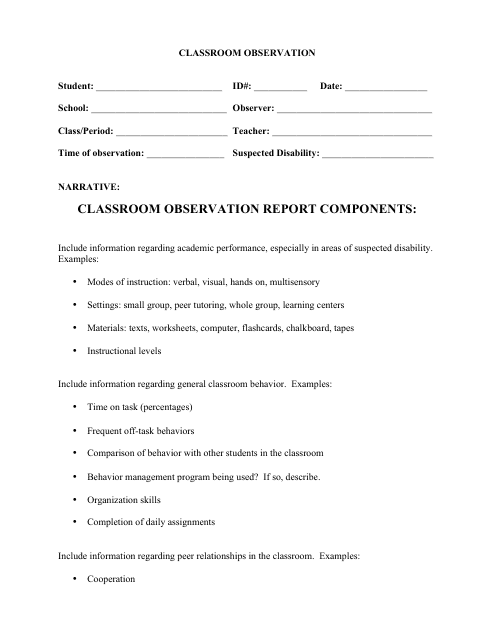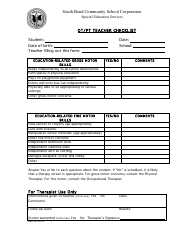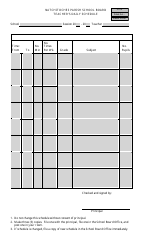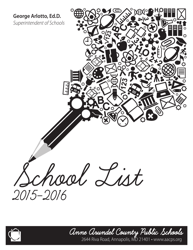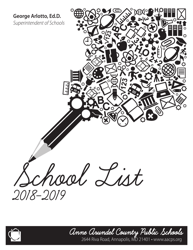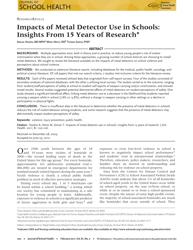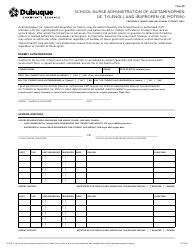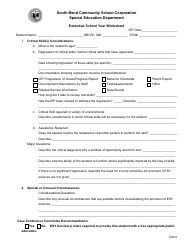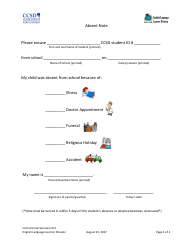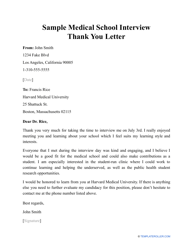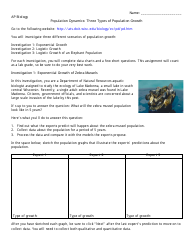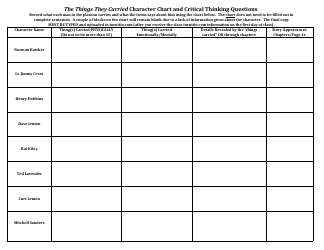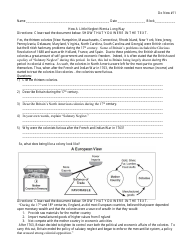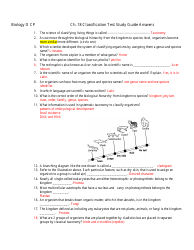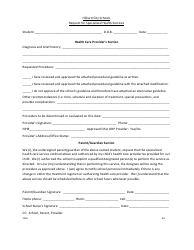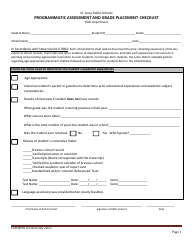Classroom Observation Template
A Classroom Observation Template is used by educators to systematically observe and assess teaching practices and student engagement in the classroom. It helps document and measure various aspects of instruction, such as lesson delivery, classroom management, and student participation. By using this template, educators can gather data and provide feedback to improve teaching effectiveness and student learning outcomes.
The classroom observation template is typically filed by the person responsible for conducting the observation, such as a teacher, school administrator, or evaluator.
FAQ
Q: What is a classroom observation template?
A: A classroom observation template is a standardized form used to assess and evaluate a teacher's performance during a classroom observation.
Q: Why is a classroom observation template used?
A: A classroom observation template is used to provide feedback and support to teachers, assess their instructional techniques, and identify areas for improvement and professional development.
Q: What does a classroom observation template typically include?
A: A classroom observation template typically includes sections or areas to assess the teacher's lesson planning, instructional strategies, classroom management, student engagement, and assessment practices.
Q: Who typically uses a classroom observation template?
A: A classroom observation template is typically used by administrators, instructional coaches, and other educational professionals who conduct classroom observations and provide feedback to teachers.
Q: Are classroom observation templates specific to certain grade levels or subjects?
A: Classroom observation templates can vary depending on the specific needs of a particular district or school, but they are generally applicable to all grade levels and subjects.
Q: What are the benefits of using a classroom observation template?
A: Using a classroom observation template helps ensure consistency in evaluation practices, provides a structured framework for feedback, supports professional growth, and helps identify areas for improvement in teaching practices.
